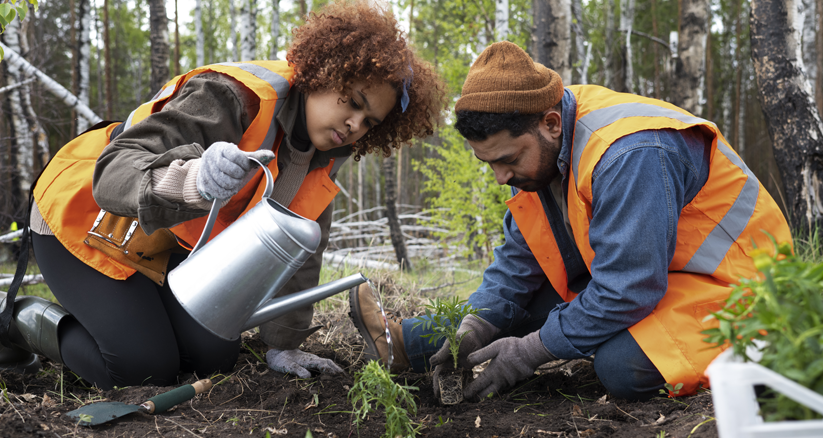Tree Health : Arborists assess and monitor the health of trees, diagnosing diseases, pests, and structural issues. They provide treatments such as pruning, fertilization, and pest management to improve tree health and longevity.
-
Mon to Sat: 09:00 am to 05:00 pm


